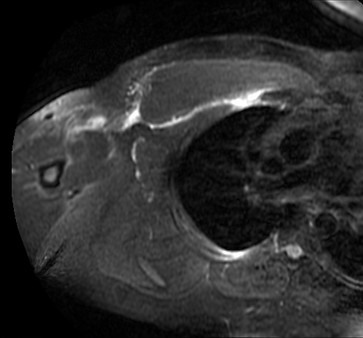
SERVICE TYPES

Positron Emission Tomography & Computed Tomography (PET)

What is a PET/CT scan or a fusion scan?
A PET/CT scan combines PET and CT into one image to evaluate the biological and metabolic activity of tumors, the heart, and the brain. PET (Positron Emission Tomography) utilizes a low-level radiopharmaceutical or a "glucose tracer" (F18 FDG, an isotope similar to glucose) to visualize energy pathways within the organs. The glucose tracer emits positrons, or positive electrons. As the positrons encounter electrons within the body, a reaction occurs which produces gamma rays. These gamma rays are then detected by the PET scanner. Therefore, the image produced by PET contains information about metabolic activity taking place in the body. Malignant tumors are metabolically active and grow more rapidly than normal cells, therefore they require more glucose (sugar) for energy. Consequently, PET is very good at determining whether or not a tumor is malignant through its metabolic activity.
CT stands for Computed Tomography. This technique uses x-rays to make cross-sectional images (called slices) of your body. The structure of body organs is more clearly visualized than with conventional x-rays. "Fusion" means that the anatomical information obtained from CT is combined with the biological PET information to form an image that records living tissues and life processes with great precision and detail.
Who should get a PET/CT scan?
A PET/CT scan combines PET and CT into one image to evaluate the biological and metabolic activity of tumors, the heart, and the brain. PET (Positron Emission Tomography) utilizes a low-level radiopharmaceutical or a "glucose tracer" (F18 FDG, an isotope similar to glucose) to visualize energy pathways within the organs. The glucose tracer emits positrons, or positive electrons. As the positrons encounter electrons within the body, a reaction occurs which produces gamma rays. These gamma rays are then detected by the PET scanner. Therefore, the image produced by PET contains information about metabolic activity taking place in the body. Malignant tumors are metabolically active and grow more rapidly than normal cells, therefore they require more glucose (sugar) for energy. Consequently, PET is very good at determining whether or not a tumor is malignant through its metabolic activity.

What can be expected the day of the test?
After registering, patients are escorted to the PET suite. A radioisotope is then injected into an arm vein by a registered nuclear medicine technologist. Patients then rest quietly for a short period of time, about 45 minutes, as the tracer circulates throughout the body. When it is time for the PET scan to begin, patients are then instructed to lie down on a specialized table that slides into the scanner- a donut-shaped machine that resembles a CT scanner. The scan will take about 30 minutes.
Is PET covered by the insurance?
Medicare and insurance companies cover many of the applications of PET and coverage continues to increase.
What preparations does the procedure require?
-
Patients should bring a list of medications they are taking.
-
Patients should also bring all previous studies, including CT and/or MRI films and reports, as well as their chemotherapy history, and XRT history, including date of most recent treatment.
-
Prior to a PET scan, patients must fast overnight. Afternoon patients may eat a light meal six hours prior to the exam.
-
Patients should drink a lot of water before and during fasting.
-
Diabetic patients may eat a light meal and take their usual insulin dose.
How do patients get the results?
A referring doctor's order is required to schedule a PET scan. A report will be forwarded to the patient's referring physician. Results are available to your physician within 24 hours. In order to facilitate interpretation, patients should bring all prior outside imaging studies with them.
What are the limitations of PET imaging?
PET can give false results if a patient's chemical balances are not normal. Specifically, test results of diabetic patients or patients who have eaten within several hours prior to the examination can be adversely affected because of blood sugar or blood insulin levels. Also, because the radioisotope decays quickly and is effective for only a short period of time, it must be produced in a laboratory near the PET scanner. It is important for patients to be on time for the appointment to receive the radioisotope at the scheduled time.
Diagnosing Alzheimer's Disease
RRC is now offering AMYViD for PET brain scans to Help Diagnose Alzheimer's Disease. Please click here for more information.
Return to Our Services page.
Please click here for services by location.
